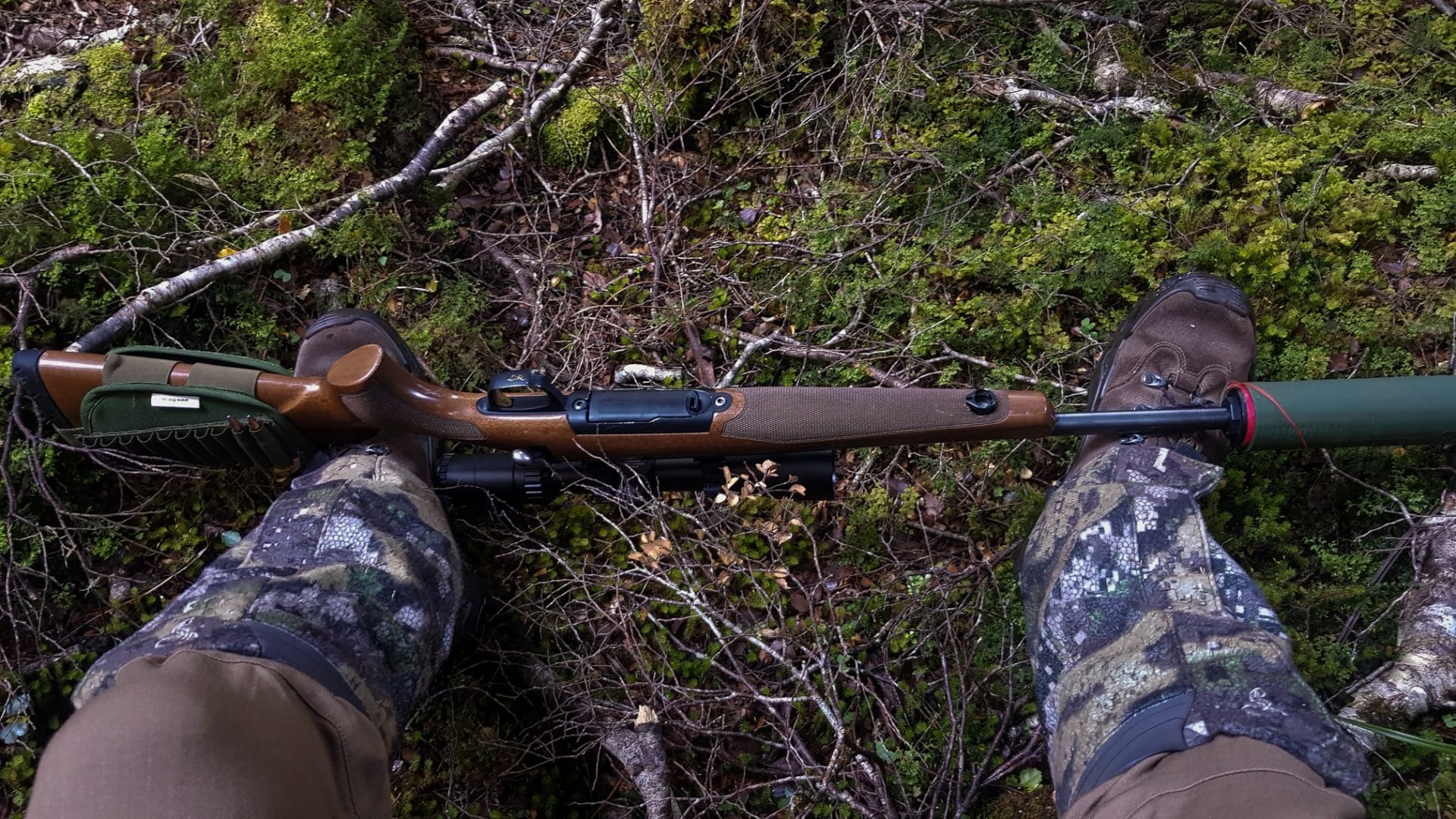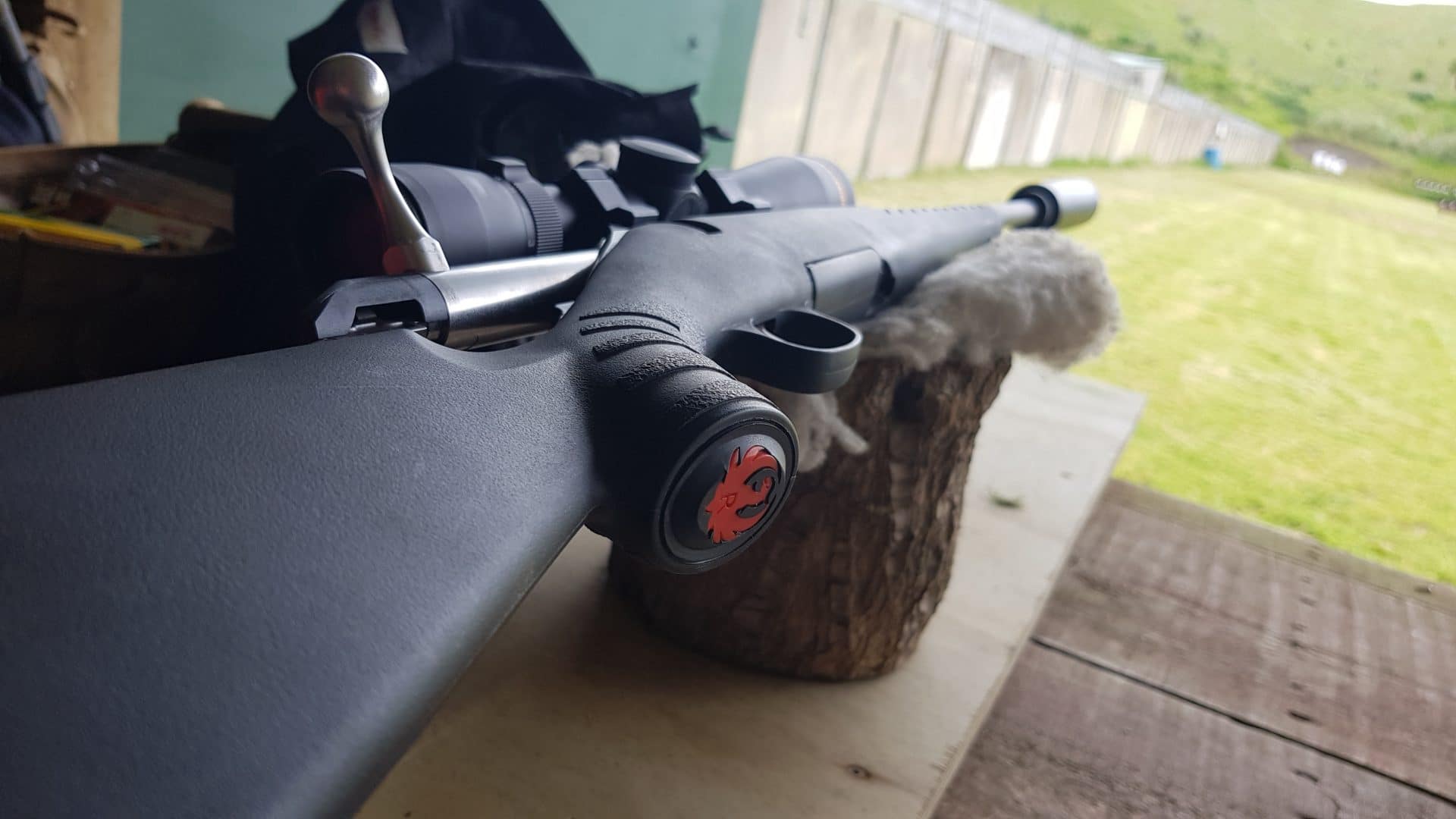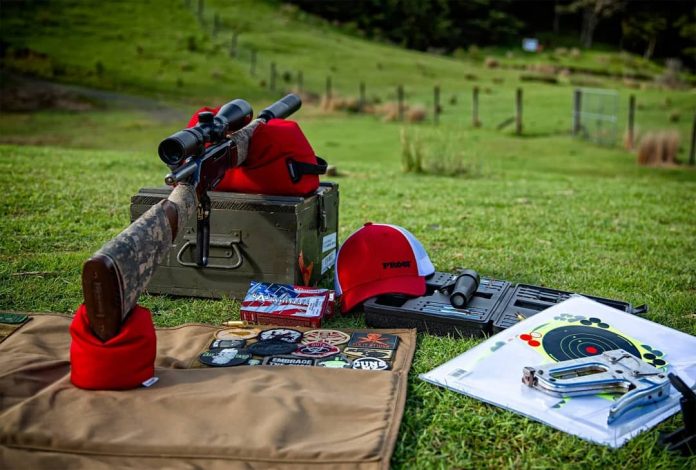I get asked this question semi-regularly, which often leads to a discussion about MOA vs MILS, as there is still a persistent idea that MOA only works with Yards and Inches and MIL only with metric measurements.
The whole MOA vs MIL debate is a different one again – and it is relevant only if you intend to dial your scope in the field. If you plan on ‘setting and forgetting’ your rifle scope – like I pick 99% or hunters do – then it is irrelevant.
I am hunting up close. I don’t plan on dialling.
Ok. So this is going to be quick.
In short, zero at whatever range you have available. Then stop thinking too much about it and go hunting.
If your local range is 100 meters – all good – if it’s 100 yards – also all good. The difference between the two on a practical level will be so slight that it will get lost in shooting in the field while lying over a rock and tree, breathing heavily, and trying to deal with buck fever. If you can only get 90m, or 83.7m, out the back of the farm before you head away, that is also all good.
The difference between a 100m and 100y zero, in terms of ‘MOA’—which most hunting scopes come in—is going to be under one click. That (roughly, with rounding) equates to less than a 1/4 inch change. How big is the target you are shooting again? While I encourage everyone to understand what is going on here, I also encourage everyone to understand that we shouldn’t get lost in the minutia of detail. It’s mental masturbation.

If you plan on shooting (generally) 100 meters (or yards) and under – i.e. bush hunting then you are overthinking this. However. Make sure your rifle is zeroed correctly. It sometimes scares me how far out (I am talking meters) that some guns are. You get away with this at a 30m bush hunting setting – though – I think it might also account for some of the close-up gut shots people still seem to make. You need to know and be confident about where the rifle is shooting.
However, if you are considering the odd shot out to, say, 200 meters or yards, you might want to consider a walk or ‘point-blank zero’. This allows for a point-and-shoot method that allows the ballistic curve to account for a target being closer or further away.
I want to shoot further. I want to dial.
So. 100m and under – just zero and go. 200m and under – consider an MPBR setup, beyond 200m, can I please, please suggest it’s time to start understanding how all this stuff works, property, and set up the gun, and yourself properly to maintain an ethical hunting practice.
Besides the point that at 500 meters, the wind is going to kick your arse if you have never shot in it, there is no way you should be simply holding onto the animal or even guestimating how high over the shoulder you need to be aiming. So you need to develop, test, and validate ballistic charts, then dial them to use them in the field (things like the CDS dial or custom scope turrets also work well here!).
If you plan on learning and using ballistics, it becomes vital to know precisely where you are zeroed. However, the unit it’s done in, provided the data entered is correct, matches, and it doesn’t really matter. If you zero the rifle at 101 meters, load that into the ballistic calculator, which will calculate based on that. If it’s a perfect 100-yard zero – then load that in. Most systems will let you decouple the input and output units. I.e. you could zero at 100 yards, then have the dial information and distances outputted in MIL or MOA and the distances in yards or meters. This is dependent on the ballistic calculator itself. Again, I would suggest that if you want to shoot animals at a distance, you should know and understand all this. While it’s cool to be able to rely on technology to do all this, part of that is understanding how it works, primarily to ensure you have it set up right in the first place.

Related to this, I ask clients when I am setting up their rifles if they want the charts in meters or yards. This generally relates to what their rangefinder is set up in. Again, this is really up to you, and I would suggest there are a few people who are simply using whatever their unit came in because they don’t know how to change it.
I get people to tell me how far away the nearest house is – they respond in meters or yards, depending on what they usually think – and I generally suggest that they work in the same format as that. We should be looking for simplicity in our setups, not additional conversion layers if we don’t need it.

